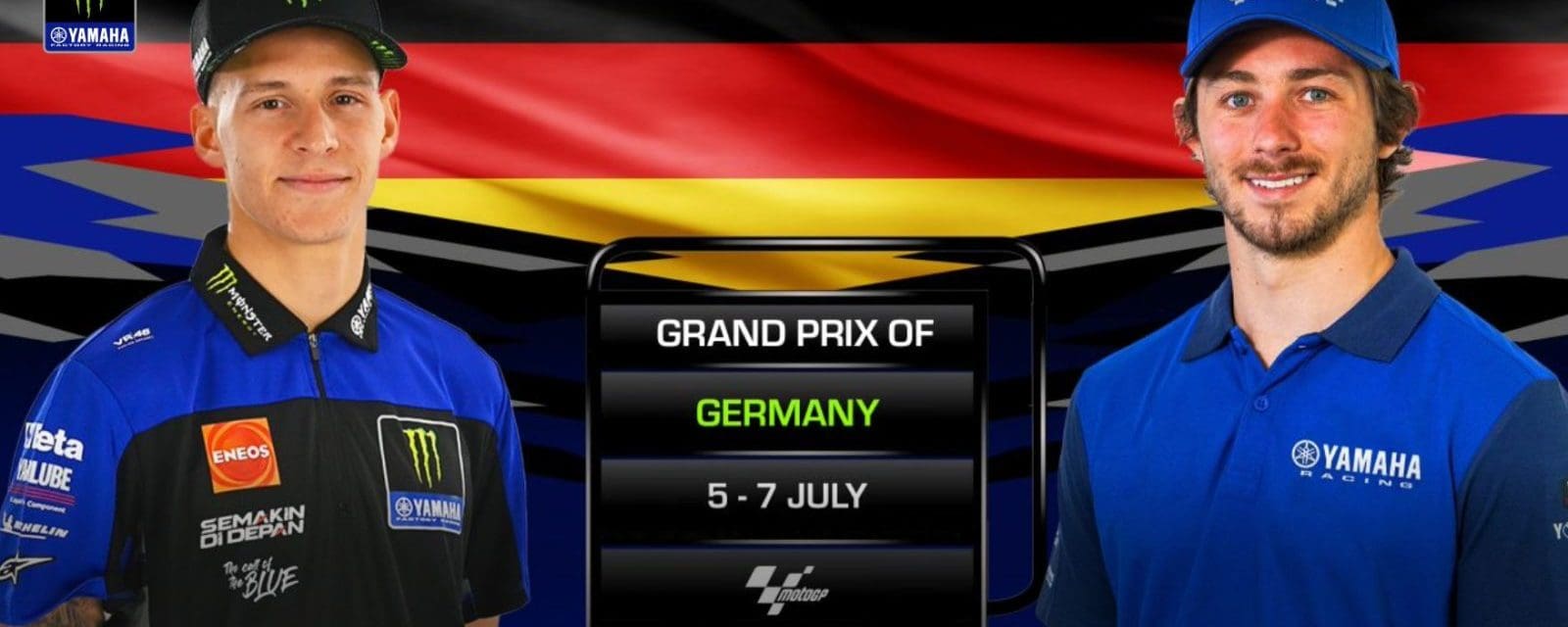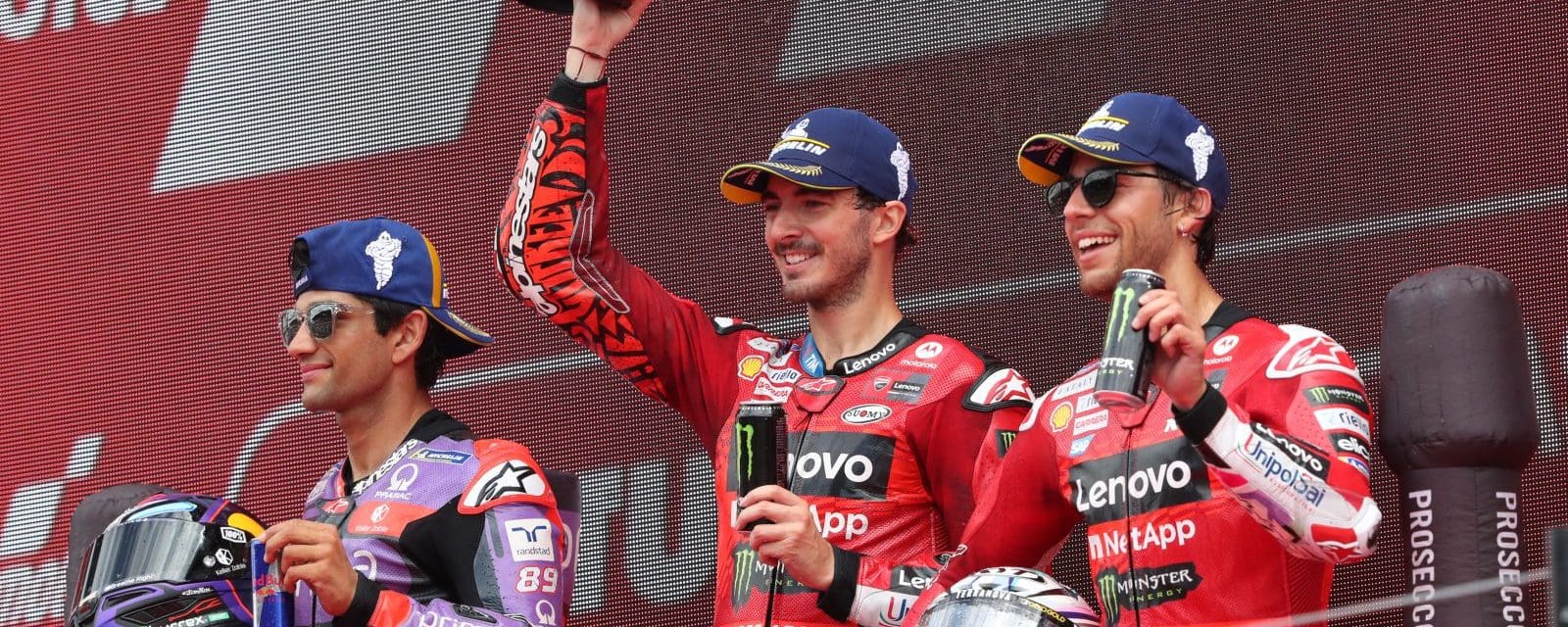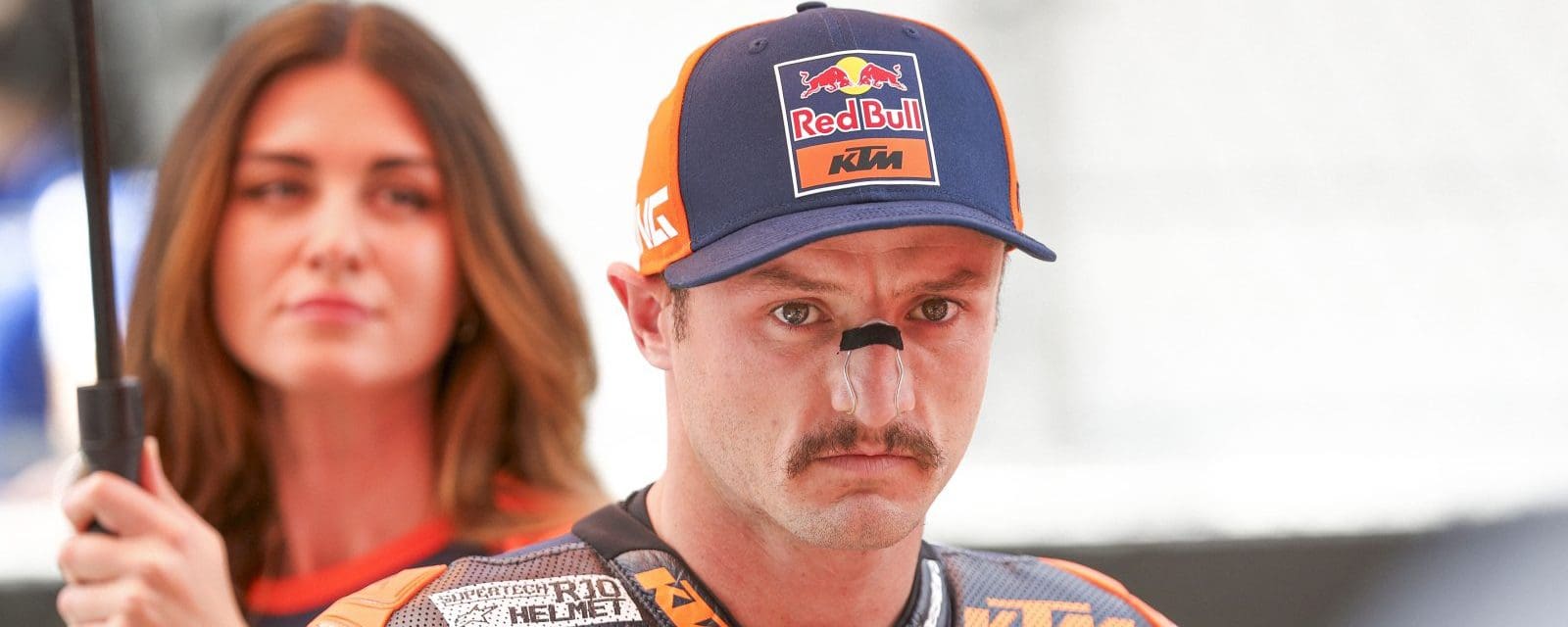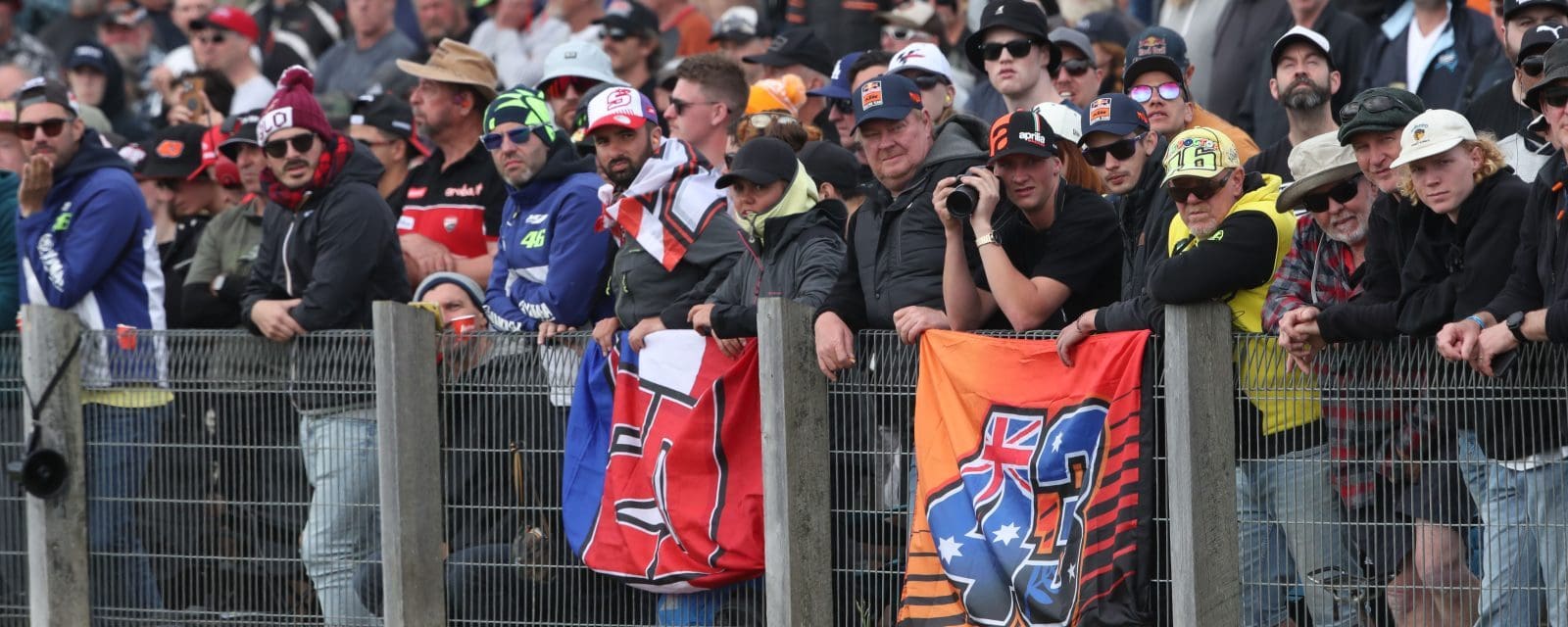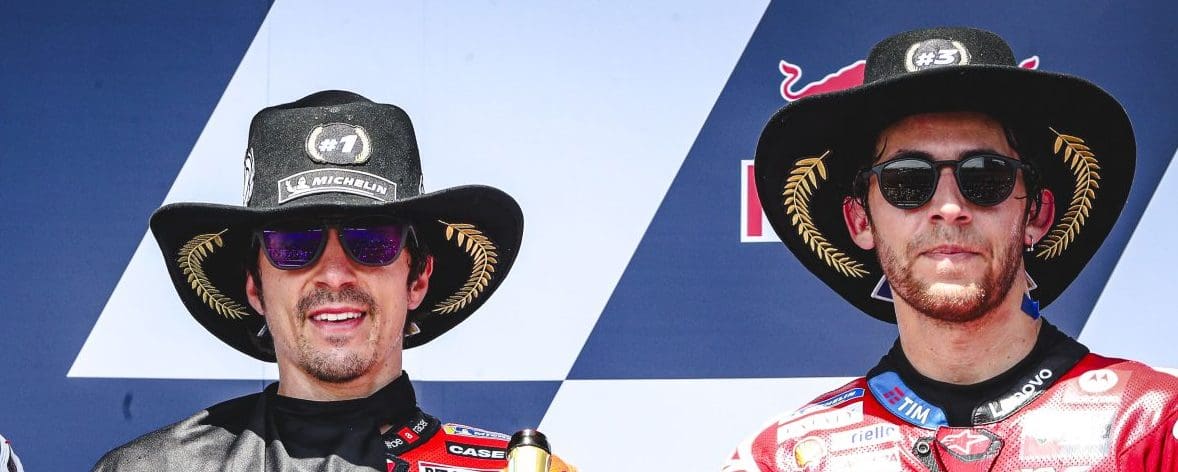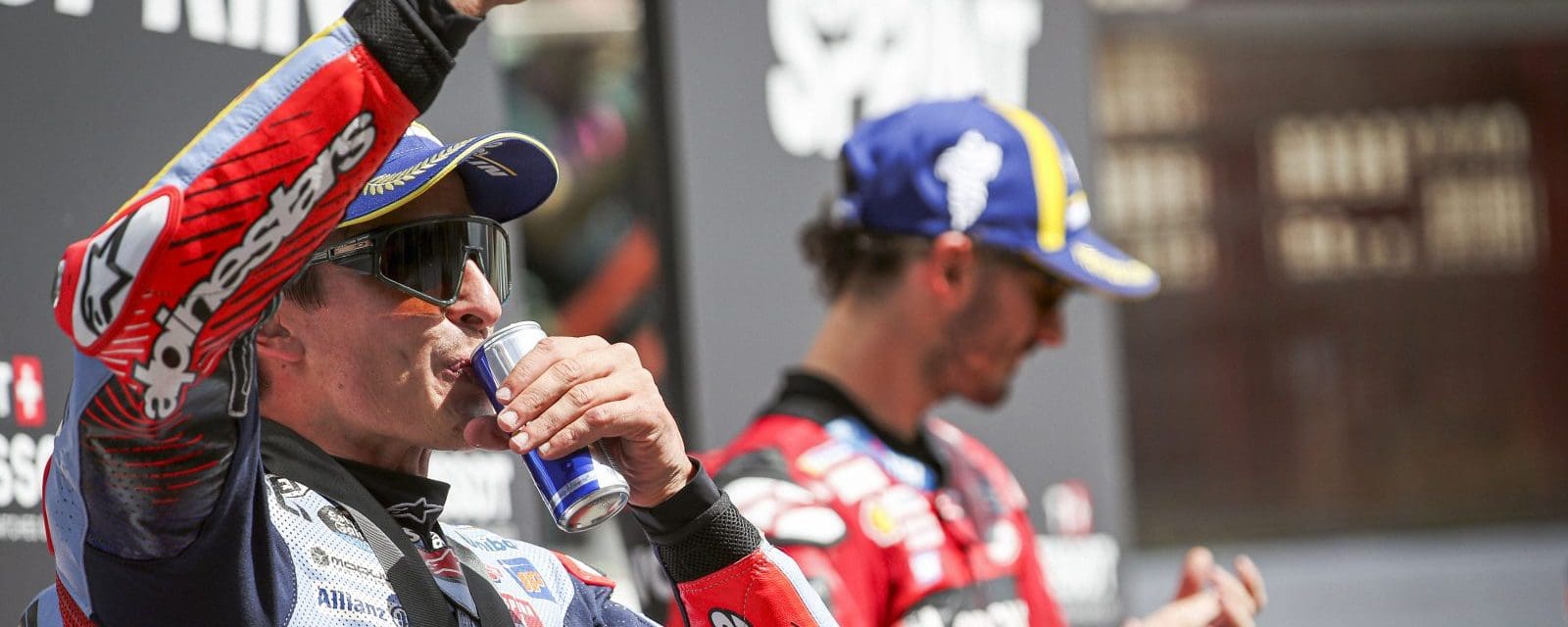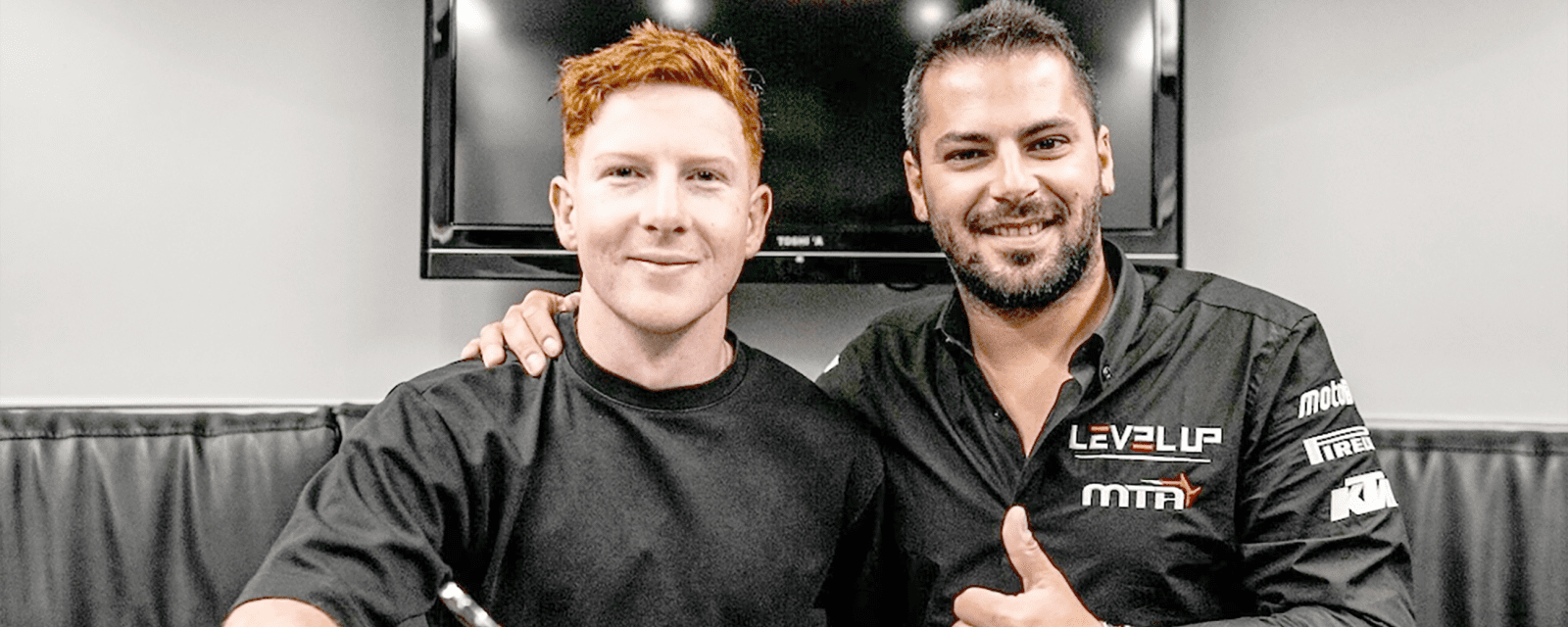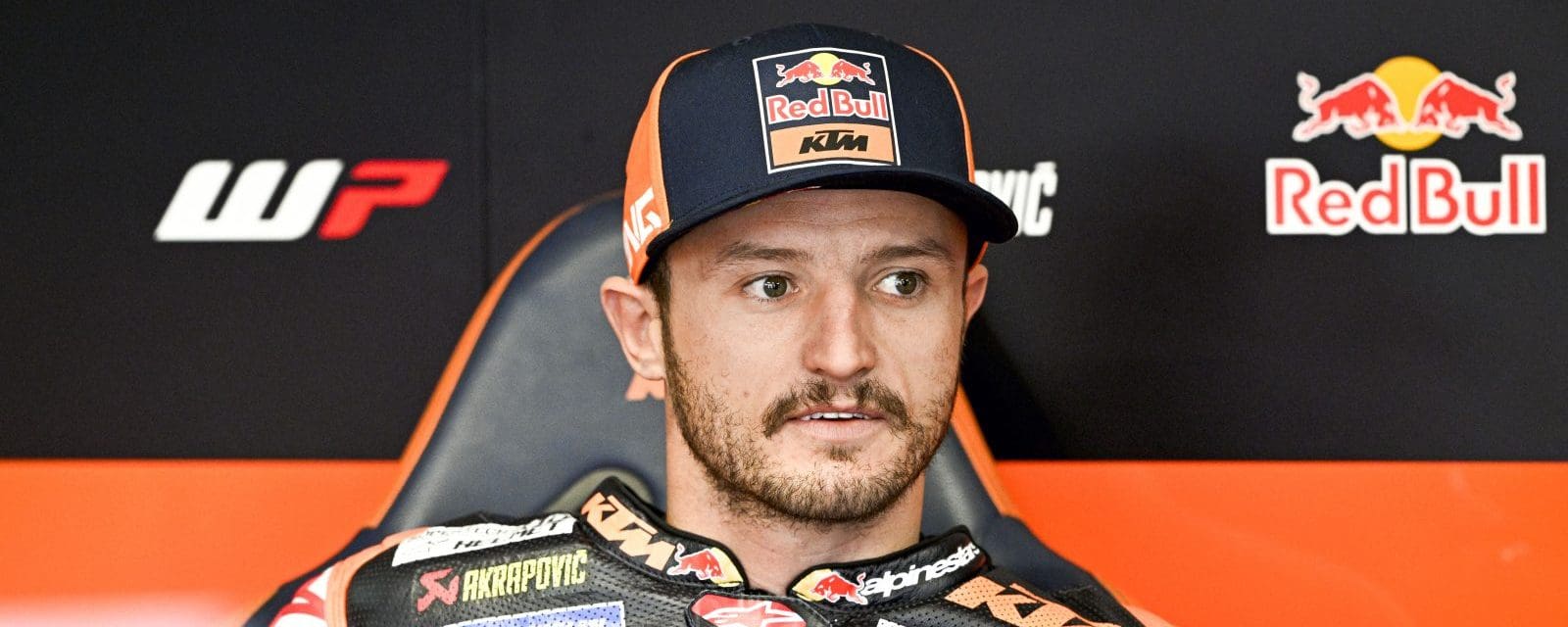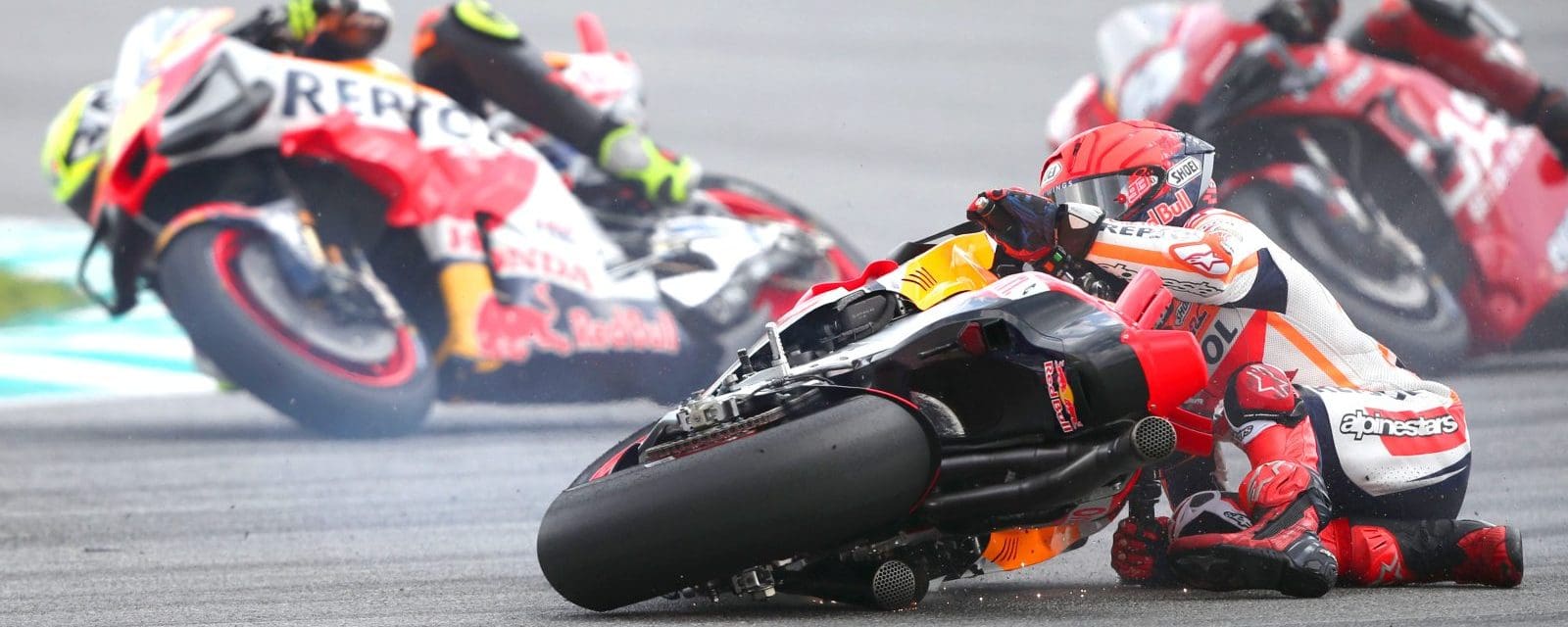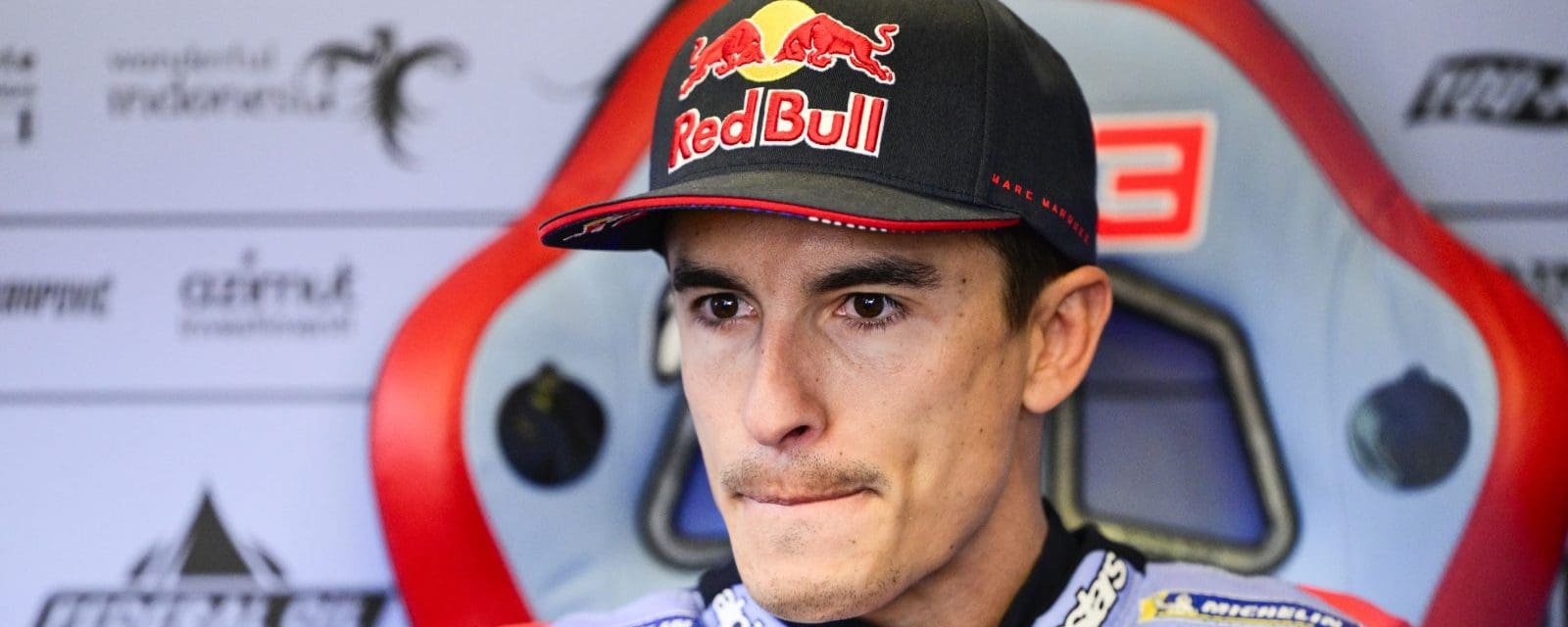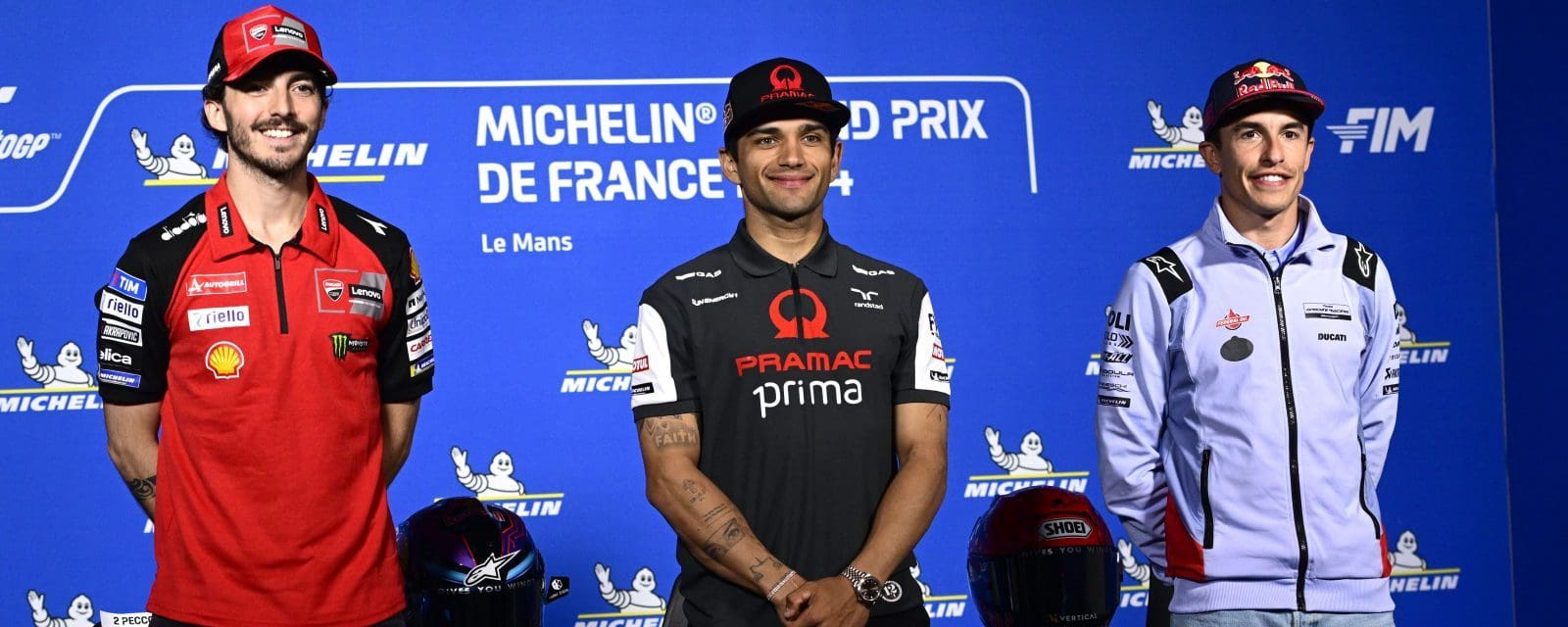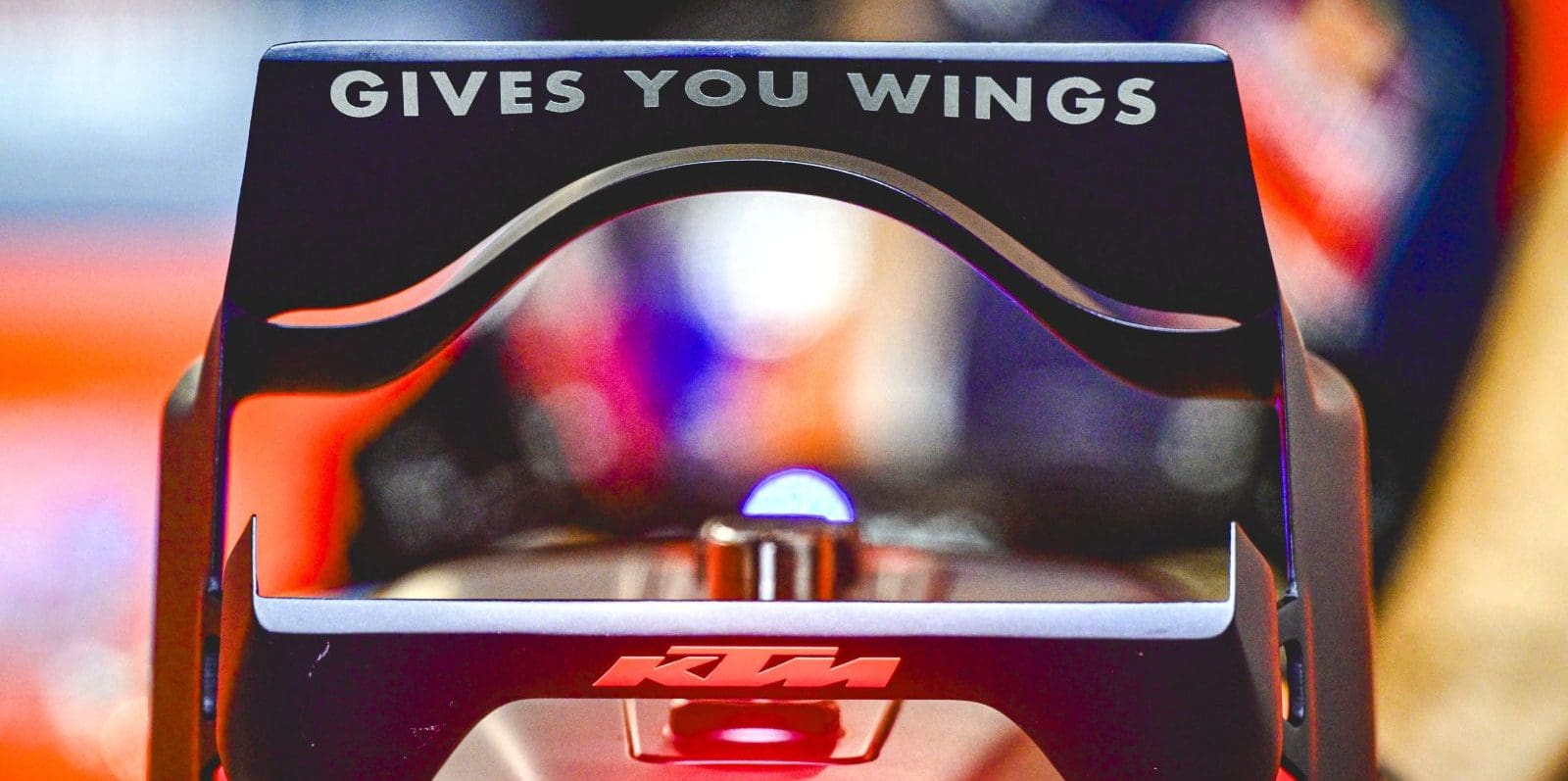There were a lot of goodbyes at Valencia. One was pretty important: Shuhei Nakamoto, retiring from his role as executive vice-president of HRC. In April next year, he turns 60.
Nakamoto came to head the Repsol Honda team in 2009. Although originally a motorcycle man, his previous eight years had been with Honda’s Formula 1 project, where he presided over the design of an extremely unsuccessful new model, which turned out to be slower than the car it replaced, and fairly rapidly led to Honda’s withdrawal.
This might look like a black mark, but clearly Honda saw it differently, and there were other reasons that could not be laid at Nakamoto’s door. Victim of circumstance, apparently; and he went straight from heading the failing four-wheel venture to taking over the factory MotoGP team.
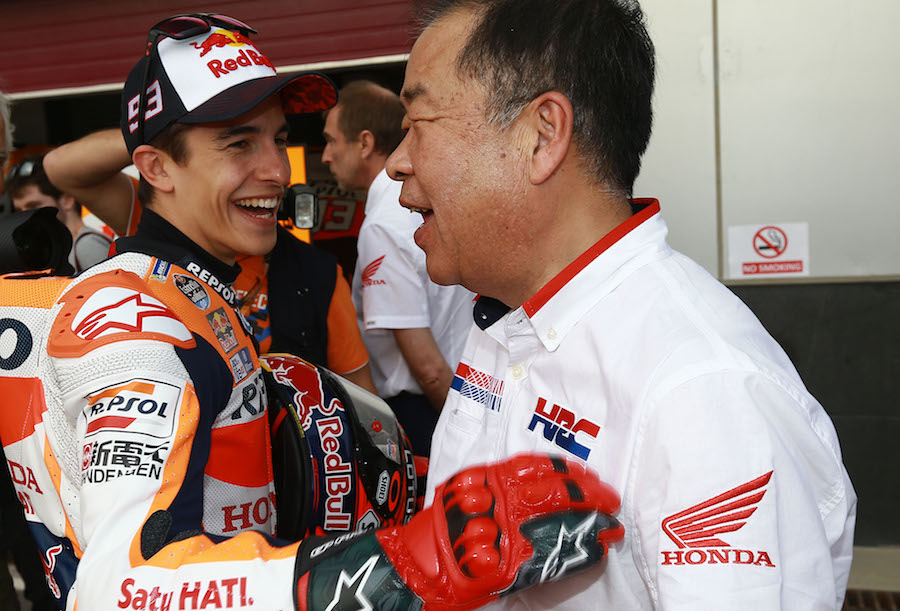
This too was going through something of a fallow patch. Nicky Hayden had snipped the title in 2006, rather surprisingly perhaps, and more through consistency than race wins – only two that year. But it must still be a well-regarded championship, because it was Honda’s only one since Rossi had quit the brand at the end of 2003.
Rossi had run rampant again in 2008, for his third title on a Yamaha, and would do so again in 2009. And Yamaha again in 2010, this time Jorge Lorenzo.
By now, Nakamoto had secured an important ally – taking on Italian Livio Suppo from Ducati, and this association would bear real fruit when Suppo in turn lured 2007 champion Casey Stoner to Honda.
At the same time, the new structure saw Honda revert to an austere management image, with a high staff turnover, much at odds with Nakamoto’s affable and humorous personal image.
Stoner was of course a brilliant natural talent, but Ducati hadn’t kept up with his abilities. He could still win on the Desmosedici, but he also crashed a lot, and the scale of his achievement on the Italian bike was thrown into sharp focus when Rossi climbed onto the same bike, and struggled dismally.
Stoner made the Honda look marvellous. Absolutely smashed the 2011 title, and left Nakamoto and his cohorts looking like superstars. Would probably have done the same in 2012 too, but for injury. Lorenzo and Yamaha took it again.
HRC’s salvation was not long in coming, however. Stoner left, Márquez joined. We all know what happened next: a striking rookie title in 2013, and absolute domination in 2014. Did it again in 2016, and only missed 2015 because he fell off too often.
Of course it is the team boss’ role to recruit the right rider, and in securing Márquez Nakamoto covered himself in glory. But to what extent has the rider carried Honda?
In 2016, to a very great extent.
The RC213V underwent a significant technical change this past season, with the direction of crankshaft rotation reversed, bringing it in line with all its rivals. This change makes a big difference to how the bike behaves. The torque reaction is the direct opposite, so at points where the revs are changing fast – corner entry and exit – the change in attitude is the opposite of what the riders were used to.
Combined with difficulties in adapting from Honda’s in-house software to the new unified Magneti Marelli package, the 2016 Honda was a real handful. It was tricky on corner entry, and even worse on acceleration. Not short of power, but short of the ability to put it to the road.
Márquez’s ability to overcome these weaknesses was the stuff of legends. It was his combination of growing maturity and genius ability that took the 2016 RCV to the top of the championship charts. The next-best Honda was Pedrosa’s, in a very distant sixth.
It did mean, however, that Nakamoto could go out on a high.

By MICHAEL SCOTT
